Every January, people across the world celebrate the life and work of Scottish poet Robert Burns. Born on 25 January 1759, he is most well known for writing that new year belter, Auld Lang Syne.
Our guide looks at the history of Robert Burns, Scottish traditions to celebrate Burns Night and the best walks in Scotland.
When is Burns Night?
Burns Night is on 25 January, and in 2025 this falls on a Saturday. Across the world, Scots traditionally celebrate this with a Burns supper – which traditionally include haggis, Scotch whisky and plenty of recitals of Robert Burns' work.
Who is Robert Burns?
Robert Burns was a Scottish poet, born in Alloway on the south-west coast of Scotland. Also known as Rabbie Burns, the National Bard and the Bard of Ayrshire, he is considered by most to be the national poet of Scotland.
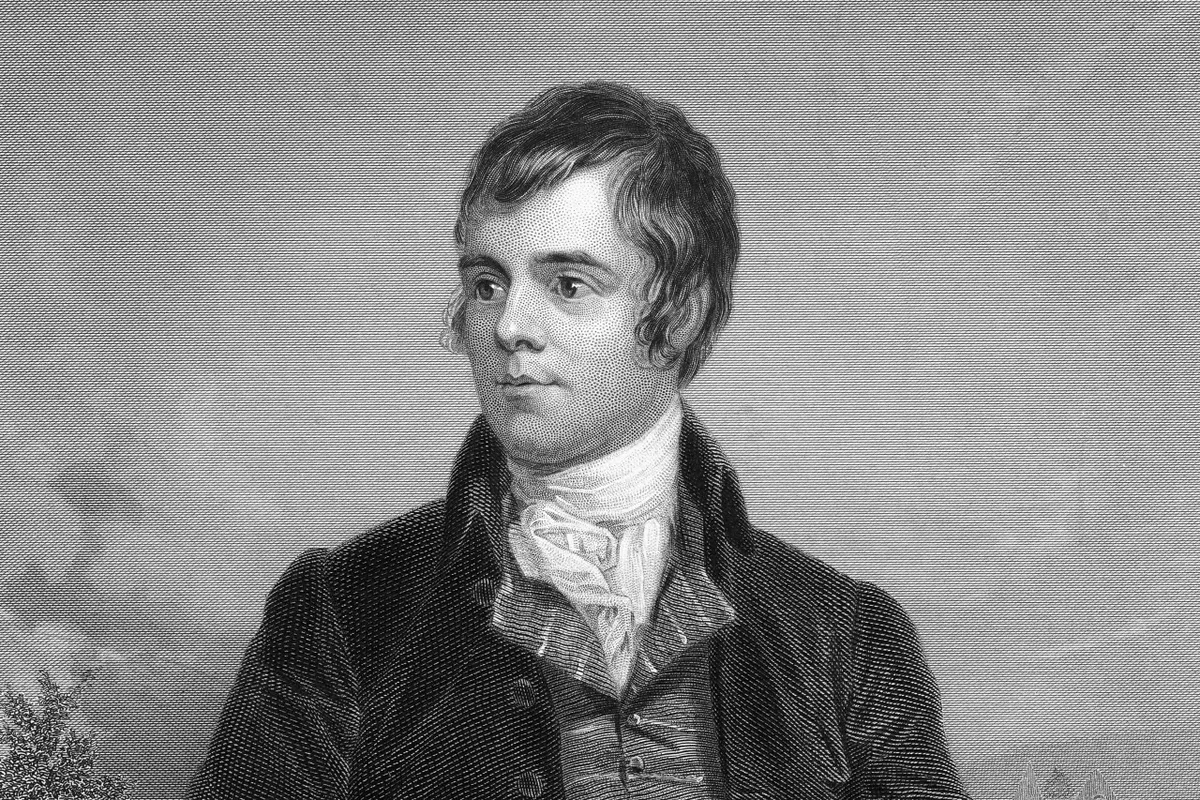
What is Robert Burns' most famous poem?
Robert Burns has many famous poems. Most of his poetry revolved heavily around farm life (he was a tenant farmer), traditional culture, class and religion. He also wrote a number of controversial, lewd poems that would have been censored today! Perhaps his best known is Auld Lang Syne, often sung on New Year's Eve to bid farewell to the old year and welcome the new.
The Robin cam to the wren’s nest
And keekit in and keekit in,
O weel ‘s me on your auld pow,
Wad ye be in, wad ye be in.
Ye ‘se ne’er get leave to lie without,
And I within, and I within,
As lang ‘s I hae an auld clout
To row you in, to row you in.Robert Burns, The Wren's Nest
Other famous poems include To a Mouse (1985), Tam O' Shanter (1790) and A Red, Red Rose (1794).
How do people celebrate Burns Night?
Across the world, Burns Night is celebrated with a a traditional Burns supper, which usually involves a traditional Scottish dish known as haggis, as well as performances of Burns’ work.
What is haggis and how do you make it?
Haggis is a traditional Scottish meat pudding made from animal’s stomach, minced heart, liver and lungs, oatmeal, onions, suet and spices.
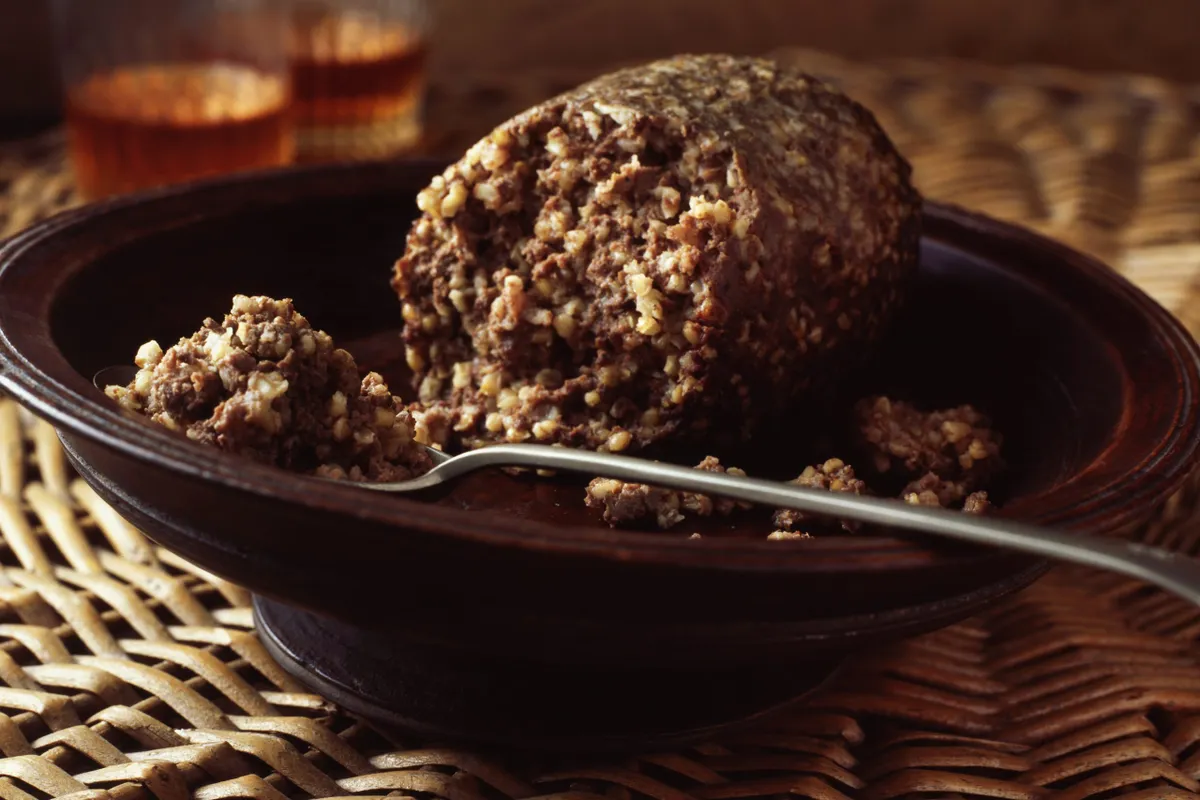
The history of Burns Night
While it’s now a merry affair, the first Burns supper, held in July 1801, would have been more subdued. Nine of Burns’ friends gathered at Burns Cottage in Alloway to mark the fifth anniversary of his death and pay tribute to the lyricist who did so much to preserve Scotland’s cultural heritage. Reverend Hamilton Paul took notes on the proceedings, so we know that today’s rituals have barely changed over the centuries.
After the host read the Selkirk Grace, a haggis and a toasted sheep’s head were ceremoniously served, while the friends recited Burns’ poem ‘Address to a Haggis’. Burns’ songs were sung, his memory was toasted with drams of whisky, and a speech about the bard, his work and his legacy – now known as the Immortal Memory – was made.
The night was such a success that the friends decided to hold it again, eventually settling the date on Rabbie’s birthday. Burns clubs soon sprang up locally, beginning a tradition that quickly spread across Britain.
Now a global celebration of Scottishness, Burns Night proceedings often follow a traditional running order, which includes the piping in of the haggis, served with neeps (turnips) and tatties (potatoes). Recitals of Burns poetry are followed by toasts and a spirited speech – the Immortal Memory – followed by more speeches, including an Address to the Lassies, in praise of women. Many celebrations now include a cèilidh, too.
The event ends with a vote of thanks from the host, then all stand to sing ‘Auld Lang Syne’ – a traditional folk song first written down by Burns in the 1780s – linking hands at the line ‘And there’s a hand, my trusty friend’. Slàinte!
Best walks in Scotland
After a night of feasting and rejoicing over the life and work of Robert Burns, what better way to spend the following day than with a great Scottish walk? Here are five of the best.
Quiraing, Isle of Skye
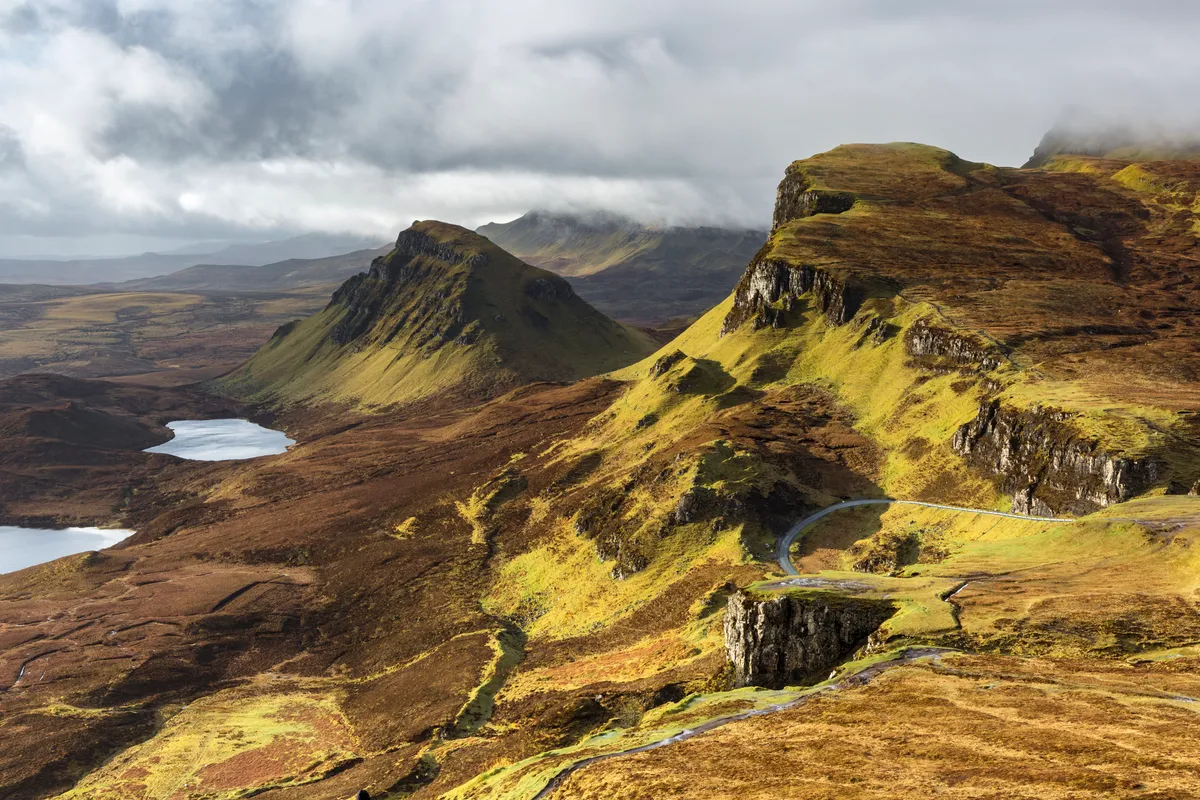
The Old Man of Storr is kept company by other rock spires, collectively called the Sanctuary. These pinnacles and their brothers on the Quiraing were formed as the result of landslips that occurred on the 19-mile long escarpment. Gravity caused the immense weight of the upper volcanic layers of the Trotternish ridge to dislodge the weaker underlying sedimentary rock layers.
Now the entire escarpment can be walked as part of a very long outing, but most walkers might find it easier to explore the broad ridge on a shorter ramble. A two-mile hike to the peak of the unique and breathtakingly dramatic Quiraing on the Isle of Skye.
Glenfinnan, Highland
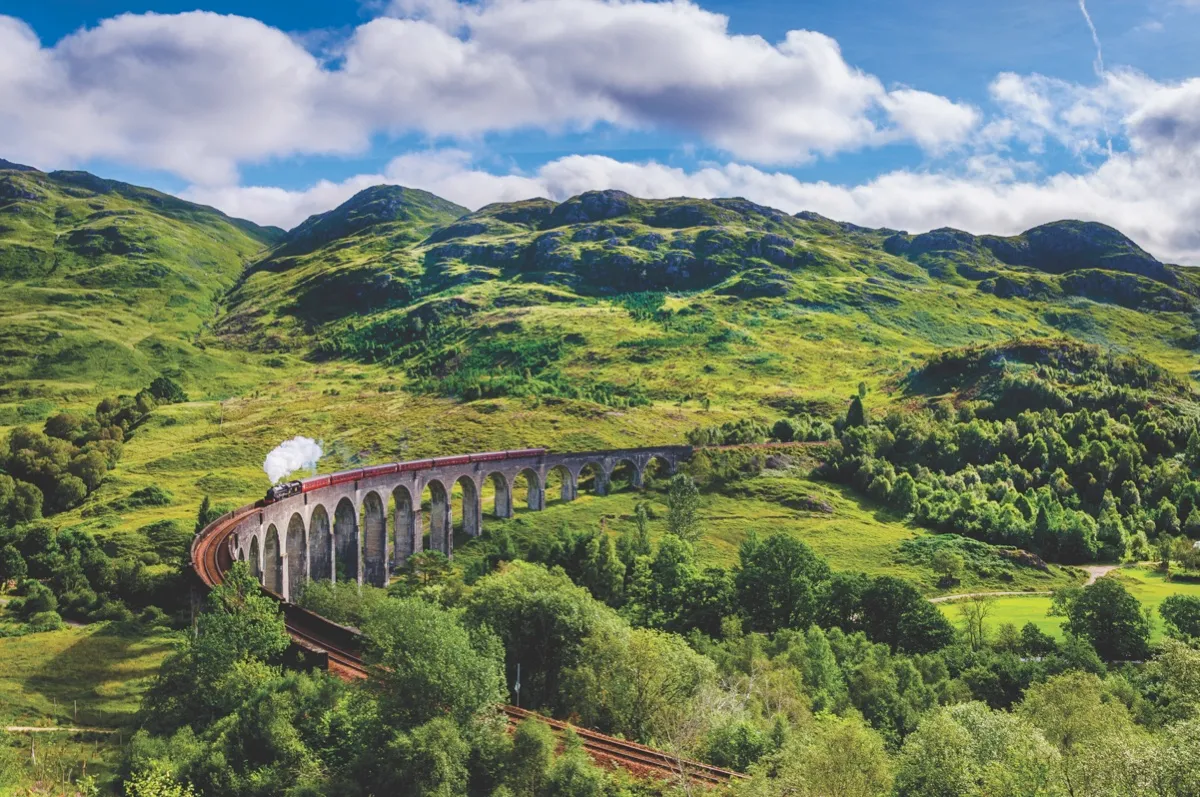
Seek refuge from the cold inside one of Scotland’s most majestic churches, then venture into the Highlands past the wizards’ railway to a lonely mountain pass. Glenfinnan Visitor Centre, with a shop, toilets, café and accessible parking, makes a great starting point for a 10-mile walk (the first half of which is suitable for those with access challenges) from Loch Shiel to the dramatic mountain pass of Bealach a’Chaorainn.
- Glenfinnan Viaduct, Inverness-shire: The one from the Harry Potter films
- Seven of the best Harry Potter locations to explore
- The UK's best viaducts to explore by rail, foot or bike for magnificent scenery and Roman-inspired architecture
Glen Affric, Highlands
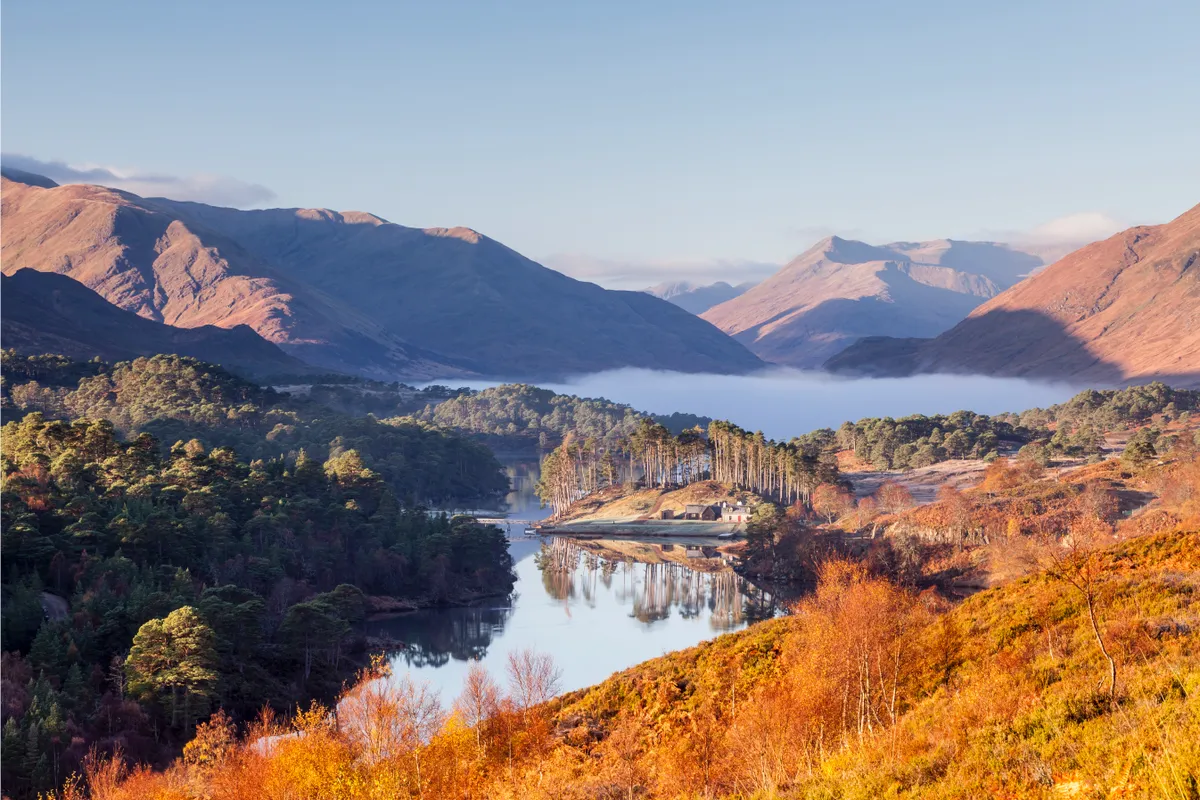
Often hailed as the Highlands’ most beautiful glen, Glen Affric not only boasts shimmering lochs and rugged mountains, but it is also one of the largest remnants of the pine forest that used to cover much of Scotland. For centuries the flanks of the glen were blanketed with birch, rowan and magnificent Caledonian pines.
St Abb's Head, Berwickshire
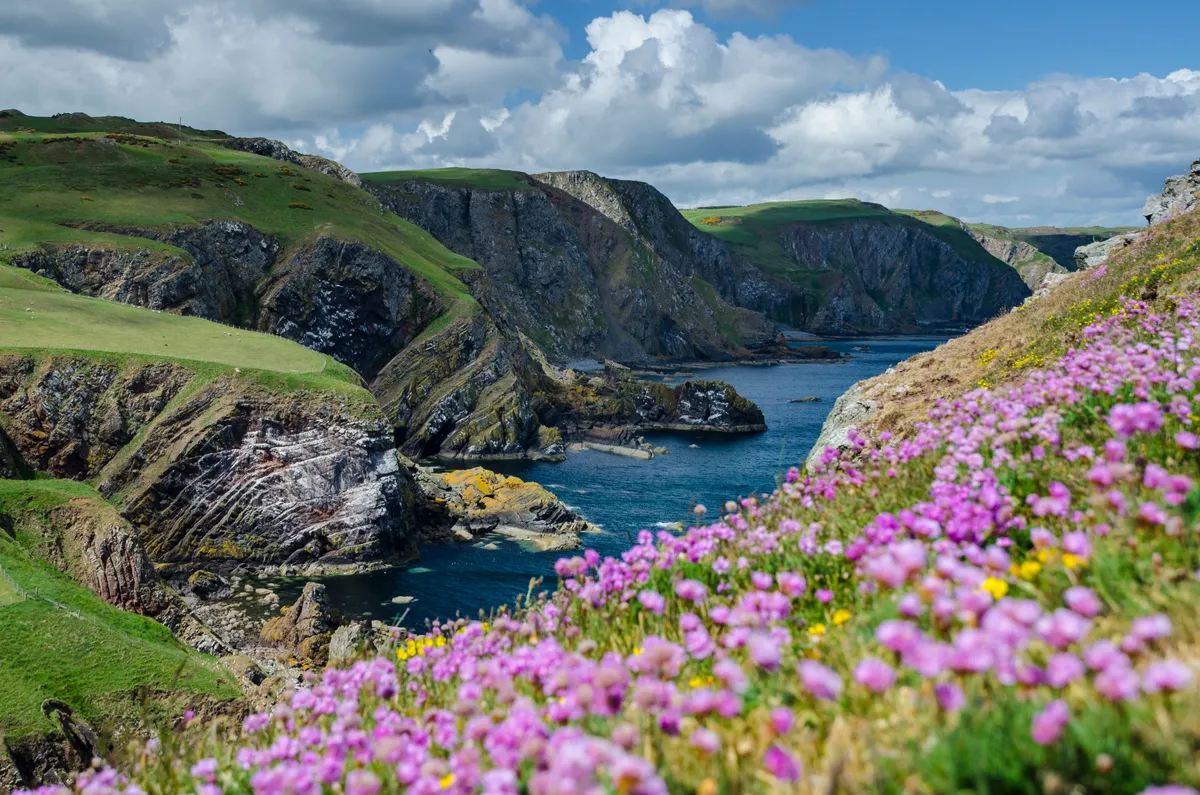
Enjoy a four-mile walk on the coastal cliffs of southern Scotland, spotting thousands of nesting seabirds, splashes of pink thrift and maybe even otters.
Loch Garten, Highland

Take a walk on the banks of Loch Garten – one of Scotland’s most beautiful nature reserves – in search of ancient trees, tottering wood-ant nests, grazing deer and soaring ospreys.
Main image: Getty
Discover more
